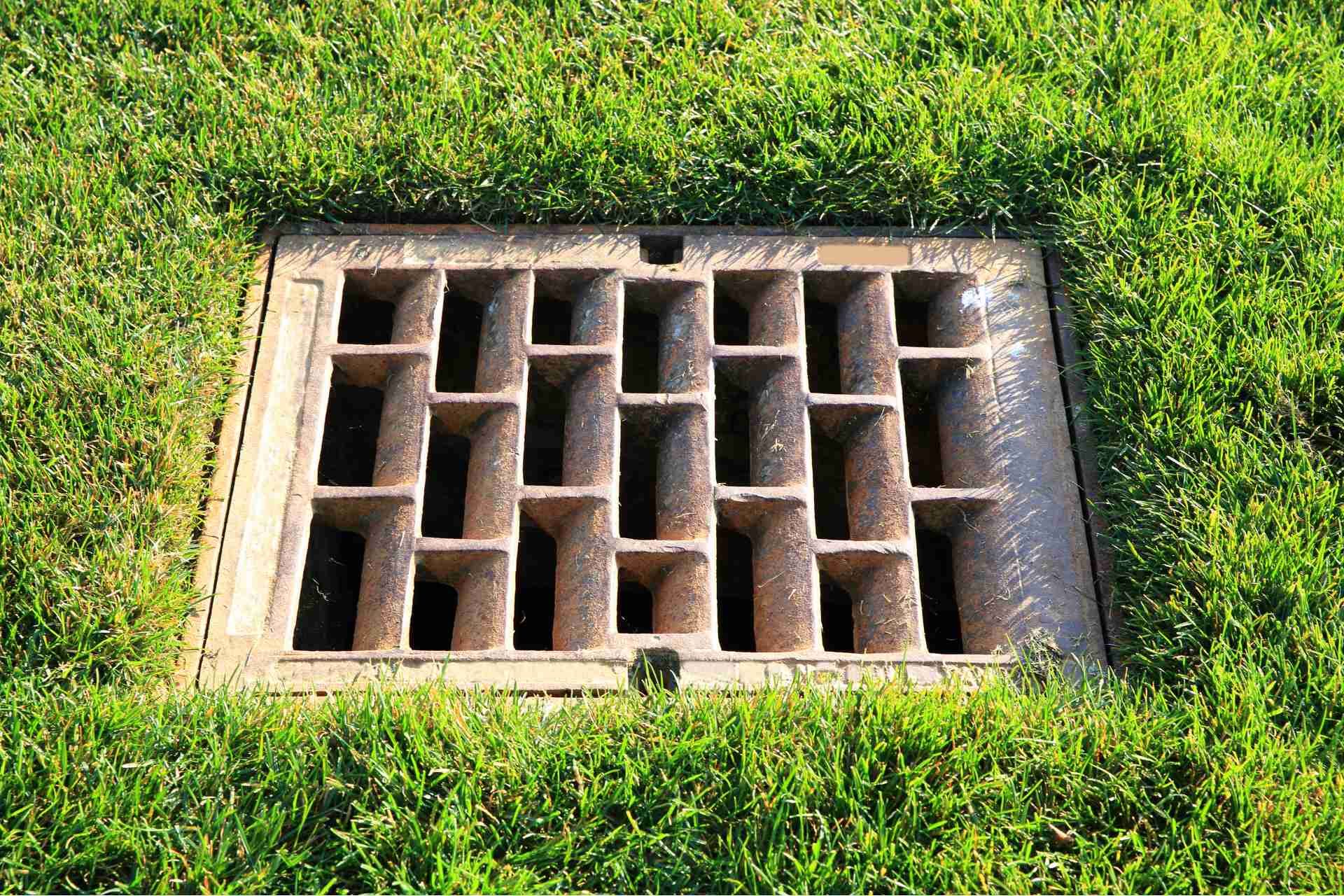Ultimate Guide to Year Round Lawn Maintenance
Maintaining a lush lawn year-round requires more than just occasional mowing. It starts with understanding the grass type best suited for your climate and knowing its seasonal needs. With the right tools and techniques, you can ensure your lawn stays healthy through every season. Curious about the essential practices that can transform your yard? Let's explore the key strategies for effective lawn care.
Understanding Grass Types and Their Seasonal Needs
When you're planning your lawn care, understanding the different grass types and their seasonal needs is crucial.
Cool-season grasses, like Kentucky bluegrass, thrive in spring and fall, benefiting from cooler temperatures and higher moisture. In contrast, warm-season grasses, such as Bermuda, flourish in summer's heat and need less water.
To maintain a lush lawn, you'll need to adjust your care routine based on the grass type. For cool-season varieties, focus on fertilization in early spring and fall, while warm-season grasses require feeding in late spring.
Mowing height also varies; cool-season grasses should be kept higher to promote root growth, while warm-season types can be cut shorter. Knowing these details ensures your lawn stays healthy and vibrant throughout the year.
Essential Lawn Care Tools and Equipment
Knowing your grass type and its seasonal needs sets the stage for effective lawn care, but having the right tools makes all the difference in achieving a healthy, vibrant lawn.
Start with a quality lawn mower to keep your grass at the ideal height. A sturdy rake helps you remove leaves and debris, while a sharp edger gives your lawn a clean, polished look.
Don't forget a reliable spreader for evenly distributing fertilizers and seeds. A good hose or sprinkler system ensures your lawn stays hydrated.
Lastly, invest in a soil testing kit to monitor nutrient levels and pH balance.
With these essential tools, you'll be well-equipped to maintain a lush, thriving lawn year-round.
Seasonal Lawn Mowing Techniques
Although the specific mowing techniques may vary with the seasons, adjusting your approach throughout the year is crucial for a healthy lawn.
In spring, mow frequently as grass grows quickly; keep the blades high to encourage root development.
As summer arrives, raise the mower height even more to shade the soil and retain moisture.
During fall, lower the height slightly to prepare for winter while removing fallen leaves to prevent disease.
In winter, you may not need to mow at all, but if it's unseasonably warm, trim any overgrown patches.
Always ensure your mower blades are sharp to promote clean cuts, and avoid mowing wet grass to prevent clumping and uneven growth.
Each season requires attentiveness for optimal lawn care.
Watering Wisely: Best Practices for Every Season
To maintain a vibrant lawn, it's essential to understand the watering needs that change with the seasons.
In spring, aim for deep watering once a week, promoting root growth as temperatures warm up.
During summer, increase your frequency to two or three times weekly, watering early in the morning to reduce evaporation.
In fall, gradually decrease your watering as temperatures drop, ensuring your grass prepares for dormancy.
Winter usually requires little to no watering, especially if your area experiences snow or rain.
Always adjust your watering based on rainfall and soil moisture—check the soil a couple of inches down.
This way, you'll keep your lawn healthy, lush, and ready to thrive throughout the year.
Fertilizing Your Lawn: Timing and Techniques
After ensuring your lawn gets the right amount of water, the next step in maintaining its health is fertilization.
Timing is crucial; apply fertilizer in early spring and again in late summer for optimal growth. Use a slow-release fertilizer to promote steady nutrient absorption.
When you fertilize, aim for a dry, calm day to avoid runoff and ensure even distribution. Consider using a broadcast spreader for accuracy.
Pay attention to the type of grass you have, as different varieties have unique nutrient needs.
Check your soil's nutrient levels with a test kit to customize your fertilization approach.
Pest and Weed Control Strategies
While a lush lawn looks inviting, pests and weeds can quickly undermine your efforts. To keep your lawn healthy, start by regularly inspecting for signs of trouble. Identify weeds early and pull them out by the roots to prevent regrowth.
For persistent types, consider using an appropriate herbicide, but apply it carefully to avoid harming your grass.
You should also monitor for pests like grubs and chinch bugs. Beneficial insects, like ladybugs, can help control harmful populations naturally.
If needed, opt for targeted insecticides, applying them during cooler times to minimize impact on beneficial species.
Regular lawn maintenance, including proper watering and mowing, can strengthen grass resilience against these threats, ensuring your lawn remains vibrant and healthy.
Aeration and Overseeding for a Healthy Lawn
Maintaining a healthy lawn goes beyond pest and weed control; proper aeration and overseeding play a vital role in promoting grass vitality.
Aeration involves perforating the soil with small holes, allowing air, water, and nutrients to penetrate the roots. This process reduces compaction and encourages deeper root growth, resulting in a lush lawn.
Once your lawn is aerated, overseeding comes into play. This means spreading grass seed over your existing lawn to fill in bare spots and improve density. Choose a seed that matches your current grass type for best results.
Aim to aerate and overseed in the fall or spring, depending on your climate. Together, these practices create a healthy, resilient lawn that can withstand stressors throughout the year.
Preparing Your Lawn for Seasonal Changes
As seasons change, preparing your lawn becomes essential to ensure it thrives throughout the year.
Start by assessing your grass type; cool-season grasses need different care than warm-season varieties. In the fall, rake up leaves and debris to reduce disease risk. Aerate and overseed to promote healthier growth, ensuring nutrients reach the roots.
In spring, mow regularly to encourage thick, lush grass and apply a balanced fertilizer to kickstart growth. As summer approaches, water deeply but less frequently to encourage deep root development.
Finally, be ready for winter by winterizing your mower and adjusting your lawn care routine to protect your grass from frost. These steps will help your lawn adapt and flourish with each seasonal shift.
Conclusion
By following this ultimate guide to year-round lawn maintenance, you'll ensure your lawn stays lush and vibrant through every season. Remember to choose the right grass type for your climate, use the right tools, and stay on top of mowing, watering, and fertilizing. Keep an eye out for pests and weeds, and don't forget to aerate and overseed when needed. With these practices, your lawn will thrive and be the envy of the neighborhood!








